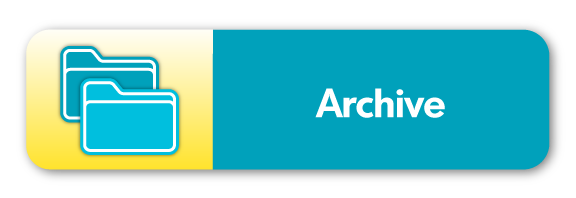
When designing a website, the most important thing designers consider is user-friendliness. Sites should be self-explanatory, easy for users to navigate, and have an intuitive interface. However, less than 4% of websites are sufficiently accessible to people with disabilities, according to WebAIM’s recent accessibility report.
Accessibility in this context is defined as designing a website in such a way where it is easily navigated, readable, and interactive by all users regardless of abilities or circumstances. Some examples include appropriate color contrast, alt text for images and buttons, or a readable text font that is of a large enough size. Having an accessible website ensures that your content is inclusive to all users and can reach a wider audience.
Not only is accessibility vital to reaching people of all abilities, it is also required by the law under Title III of the Americans with Disabilities Act (ADA). Title III of the ADA prohibits discrimination based on disability in places of public accommodation, and The U.S. Department of Justice sees websites as public accommodation, therefore websites that are inaccessible are subject to legal consequences.
In fact, in 2019 Guillermo Robles, who is blind, sued Domino’s Pizza after he was unable to order food on the company’s website or mobile app using screen-reading software. Domino’s brought the case to the Supreme Court, arguing that the ADA doesn’t apply to digital platforms, but the court denied the review, meaning the original ruling against the company was left in place. The verdict required Domino’s to pay Robles $4,000, and the company likely spent much more in legal fees to challenge the ADA.
Rather than fix the accessibility issues on their website, Domino’s lost money because they failed to accommodate those with disabilities. They were unwilling to admit their mistake, and in the process, they unwittingly revealed their stance on guaranteeing equal access to their services for people who are disabled. This significantly impacted their brand, which likely affected their business in the years to come.
While companies have historically stayed out of taking a stand on social issues, recent data finds that consumers appreciate when businesses choose to be outspoken. According to Accenture data from 2018, 62% of consumers choose to take their business to companies based on their beliefs and values. This means that businesses aren’t just selling a product or service, they’re also selling their values.
Some corporations can face the obstacle of needing to please their shareholders, which may go against the pull for action on social issues. For instance, the top investor for Domino’s, The Vanguard Group, is currently facing criticism for withdrawing from initiatives fighting climate change, despite its major funding of the fossil fuel industry.
Large investment companies such as The Vanguard Group may not be as willing to take a stand on what some consider to be controversial topics, however at the end of the day, what consumers are thinking is what matters most. The Vanguard Group is losing close to $17 million dollars as a result of their inaction, as a group of consumers chose to step into their power and protest the company.
Ensuring you have an accessible website is especially important for small businesses who may not have as big of a budget to assure their website design meets accessibility requirements. Here at IH Concepts, we have been advising our clients to meet accessibility requirements to avoid potential lawsuits. This is especially relevant in recent years, as the number of lawsuits regarding website inaccessibility is increasing each year, according to data from the ADA.
Graph credit: Seyfarth
In short, having an accessible platform is essential to building business, and it demonstrates your company’s commitment to the experience of all users, not just those with disabilities. It promotes inclusion and equity for everyone to participate in the digital world. It’s a matter of ethics and integrity, and going overboard in providing accessibility tools can only help in serving your business and building a strong brand.
While there are no widely agreed-upon guidelines, there are several tools that can help ensure your website is accessible. Generally, the ADA supports the Web Content Accessibility Guidelines (WCAG 2.2 is to be released in summer 2023 and will be the most updated standard), and several websites such as audioeye will check your website for free. In our next blog, we will discuss tips for making your website accessible. Stay tuned!
Sources:
https://webaim.org/projects/million/
https://www.cnbc.com/2019/10/07/dominos-supreme-court.html
https://webaim.org/standards/wcag/checklist
https://www.accenture.com/us-en/insights/strategy/brand-purpose
https://www.investmentnews.com/quakers-divesting-17-million-from-vanguard-over-climate-change-238643
https://www.adatitleiii.com/2022/02/ada-title-iii-federal-lawsuit-filings-hit-an-all-time-high/

